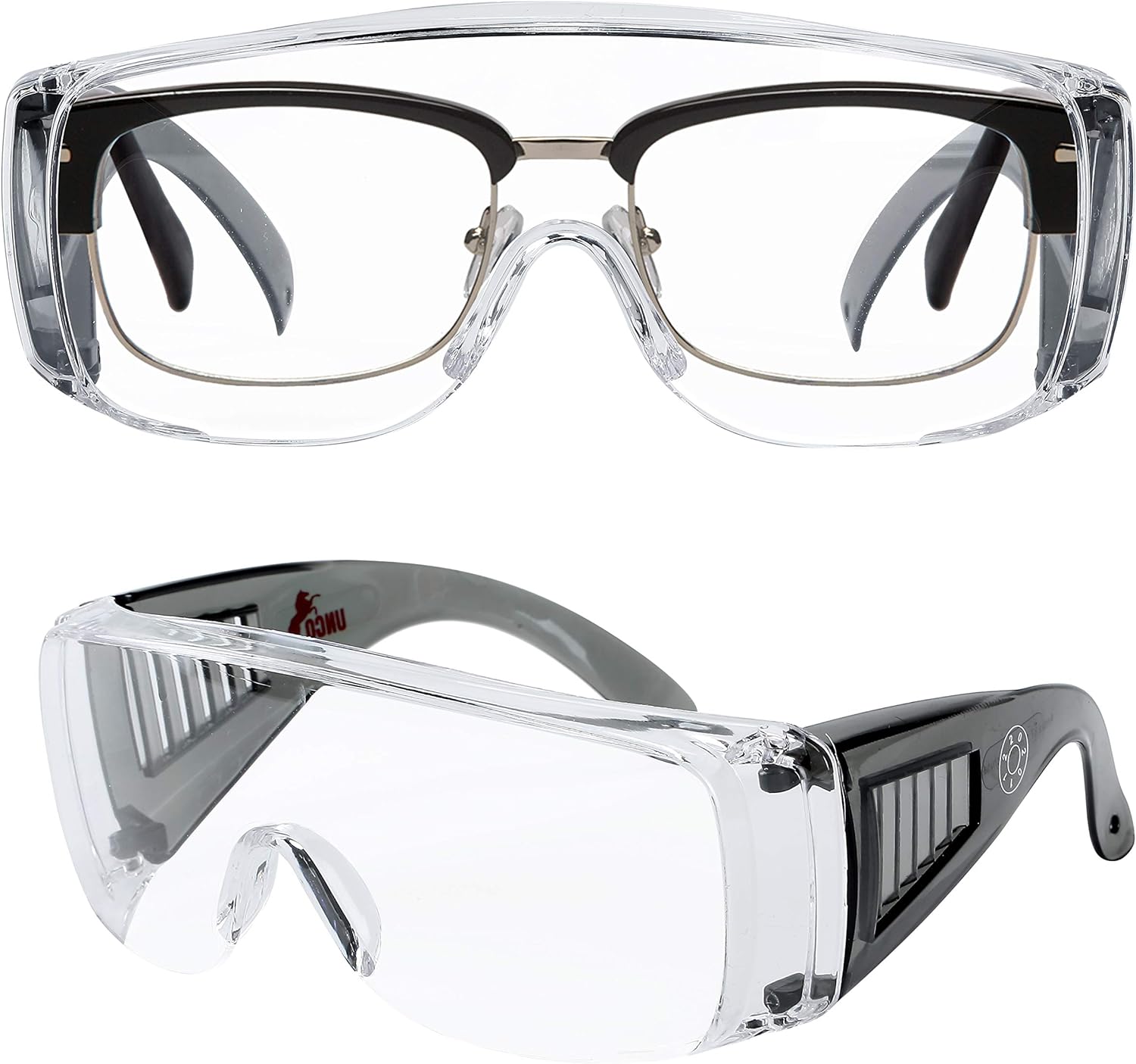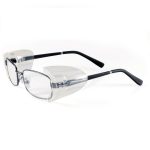In the realm of workplace safety and personal protection, the importance of safeguarding one’s eyes cannot be overstated. As industries continue to embrace technological advancements and employees engage in a wide range of tasks, the need for effective eye protection has become paramount. For individuals who rely on prescription eyewear, the challenge of incorporating additional safety glasses can be a nuanced and often overlooked aspect of their personal protective equipment (PPE) requirements.
Navigating the use of safety glasses over prescription eyewear requires a thoughtful approach that balances the need for optimal visual acuity and the imperative for comprehensive eye protection. By understanding the available options, addressing the unique considerations, and adopting best practices, workers can ensure their eyes remain shielded from potential hazards while maintaining the clarity and comfort of their prescribed vision correction.
The Importance of Eye Protection in the Workplace
The workplace can present a multitude of potential eye hazards, ranging from flying debris and chemical splashes to intense light sources and impact risks. Recognizing the significance of eye protection is crucial for maintaining a safe and productive work environment.
Identifying Common Eye Hazards
Across various industries, workers may encounter a diverse array of eye hazards, such as:
- Airborne particles, dust, or debris
- Splashes from chemicals, oils, or other liquids
- Intense light sources, including welding arcs or laser beams
- Impact from falling or flying objects
- Radiation exposure from certain industrial processes

Addressing the Risks to Ocular Health
Exposure to these hazards can lead to a range of eye-related injuries, including corneal abrasions, chemical burns, retinal damage, and even permanent vision loss. Implementing effective eye protection measures is essential for safeguarding workers’ long-term ocular health and well-being.
The Role of Personal Protective Equipment (PPE)
Personal protective equipment, such as safety glasses, plays a crucial role in mitigating the risks associated with workplace eye hazards. By providing a physical barrier between the worker’s eyes and the potential threats, PPE can significantly reduce the likelihood of serious eye injuries.
For individuals who rely on prescription eyewear, the integration of safety glasses can present unique challenges that require thoughtful consideration and a tailored approach.
Understanding the Options for Prescription Safety Glasses
When it comes to protecting the eyes of workers who wear prescription lenses, there are several options to consider:
- Prescription safety glasses: Eyewear that combines the necessary prescription correction with built-in safety features
- Prescription safety goggles: Goggles designed to provide a secure, wraparound fit over prescription glasses
- Prescription inserts: Lens inserts that can be fitted into specialized safety frames
Evaluating the Fit and Compatibility
Ensuring a proper and comfortable fit is essential when wearing safety glass over prescription eyewear. Workers must carefully assess factors such as frame size, temple length, and lens curvature to ensure compatibility and minimize any potential discomfort or interference with their vision.
Addressing Optical Challenges
The incorporation of safety glasses over prescription lenses can sometimes result in optical challenges, such as distortion, reduced field of vision, or issues with depth perception. Addressing these challenges may require the expertise of a qualified optometrist or safety eyewear specialist to find the optimal solution.
Best Practices for Wearing Safety Glasses over Prescription Eyewear
To effectively and safely incorporate safety glass over prescription eyewear, it’s crucial to follow a set of best practices that prioritize both eye protection and visual clarity.
Over glasses safety glasses: Proper Fit and Adjustments
Ensuring a proper and comfortable fit is essential for the effective use of safety glasses over prescription eyewear. Workers should take the time to adjust the frames, nose pads, and temple lengths to achieve a secure and customized fit that does not compromise their vision or cause discomfort.
Over glasses safety glasses: Regular Cleaning and Maintenance
Maintaining the cleanliness and proper condition of both the safety glasses and the underlying prescription eyewear is crucial for ensuring optimal performance and prolonging their lifespan. Workers should follow the manufacturer’s recommendations for cleaning and care to prevent scratches, fogging, or other issues that could impair their visual acuity.
Compatibility with Prescription Changes
As workers’ prescription needs may change over time, it’s important to regularly review the compatibility of the safety glasses and prescription eyewear. Periodic consultations with an eye care professional can help identify any necessary adjustments or the need for updated prescription lenses or safety glass.
Over glasses safety glasses: Addressing Challenges and Considerations
While the use of safety glass over prescription eyewear is a common requirement in many workplaces, there are various challenges and considerations that must be addressed to ensure the optimal outcome.
Accommodating Different Facial Structures
Workers come in a diverse range of facial shapes and sizes, and this can impact the fit and comfort of safety glass worn over prescription eyewear. Employers or safety managers should be prepared to offer a variety of sizing options or customization solutions to accommodate these individual differences.
Over glasses safety glasses: Ensuring Adequate Ventilation
The combination of safety glasses and prescription eyewear can sometimes lead to issues with fogging, particularly in environments with high humidity or temperature fluctuations. Addressing this challenge may involve the selection of safety glasses with anti-fog coatings or the incorporation of ventilation features.
Balancing Safety and Productivity
In some cases, the addition of safety glass over prescription eyewear may introduce practical challenges, such as impaired peripheral vision, increased eye fatigue, or reduced dexterity. Employers should work closely with workers to identify and mitigate these issues, ensuring that the safety requirements do not unduly compromise productivity or overall job performance.
Conclusion: Prioritizing Eye Protection for Prescription Eyewear Wearers
Safeguarding the eyes of workers who rely on prescription eyewear is a critical aspect of comprehensive workplace safety. By understanding the available options for safety glass, addressing the unique considerations, and adopting best practices, employers and workers can work together to ensure that eye protection is effectively integrated into the workflow without compromising visual acuity or overall productivity.
As industries continue to evolve and workplace hazards become increasingly complex, the importance of prioritizing eye protection for prescription eyewear wearers cannot be overstated. By embracing a proactive and collaborative approach, organizations can empower their workers to maintain optimal eye health and safety, contributing to a more secure and productive work environment for all.
Ultimately, the successful incorporation of safety glass over prescription eyewear requires a holistic understanding of the challenges, a commitment to ongoing communication and training, and a willingness to explore innovative solutions. By prioritizing this essential aspect of personal protective equipment, employers and workers can work in tandem to safeguard the most precious of senses – the gift of sight.






